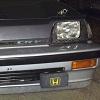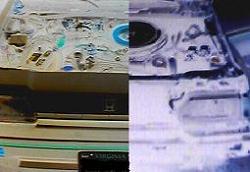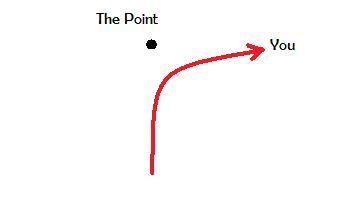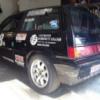I recently discovered that Honda made a twin piston front caliper set that bolts right up to our cars, uses Integra and Accord pads and fits under 13" wheels. Twin piston calipers have a slight advantage over single piston calipers with more clamping power.
In the 1985 model year, Honda introduced the B series engine in Japan in a special edition of the Accord. The "Accord 2.0 Si" was limited production model that was only sold in Japan from 1985-1987. Included on this model was a set of twin piston front calipers that fit under a 13" wheel. The NSX and Legend also came equipped with twin piston calipers but they are probably not the same size as the Accord calipers.
Maybe the only source for these calipers are the junkyards (they call them "breakers") of Australia and New Zealand. I contacted RPR member 3GCVC who has a business selling old Honda parts and he told me he had a "couple of sets" on hand. He is a great and reliable seller. I would highly recommend him for all your weird old Honda parts needs. He accepts Paypal and ships internationally.
The calipers arrived quickly. But I need to rebuild the calipers which requires a set of boots and seals. Through my research I discovered that the parts are sold by Centric Parts with a part number of 143.62005 for the Caliper Kit. These parts are also used on the 2000 Ford Mustang Cobra if you need a cross reference.
Scott
 Sign In
Sign In Create Account
Create Account

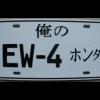



 Back to top
Back to top


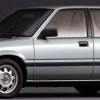
 View Garage
View Garage